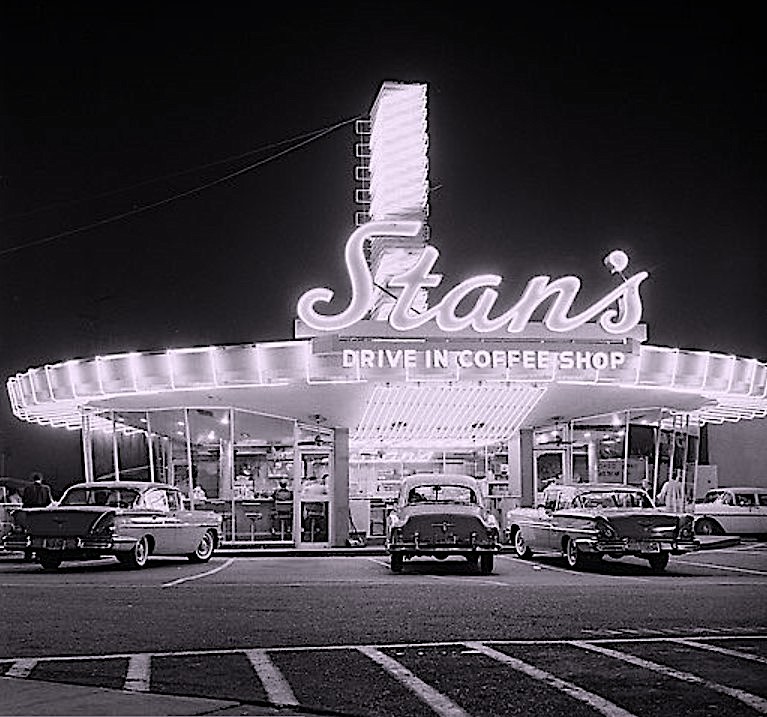MARIANI’S
Virtual
Gourmet
April
4, 2021
NEWSLETTER
IN THIS ISSUE
LE BERNARDIN RE-OPENS AND SHOWS
HOW GRAND FINE DINING CAN BE
By John Mariani
CAPONE'S GOLD
By John Mariani
NOTES FROM THE WINE CELLAR
Wine & Food Matches: What I’ve Learned This Past Year
by
Geoff Kalish
❖❖❖
LE BERNARDIN RE-OPENS AND SHOWS
HOW GRAND FINE DINING CAN BE
By John Mariani

The re-opening of New York’s Le
Bernardin is not just good
news for regulars who missed chef-partner Eric
Ripert’s exquisite French
seafood but for anyone who worried that fine
dining at the highest level could
not survive the pandemic. Indeed, like the
crocuses now sprouting, Le
Bernardin’s return gives one a real feeling
that things are returning to normal
and that the world will warm again.
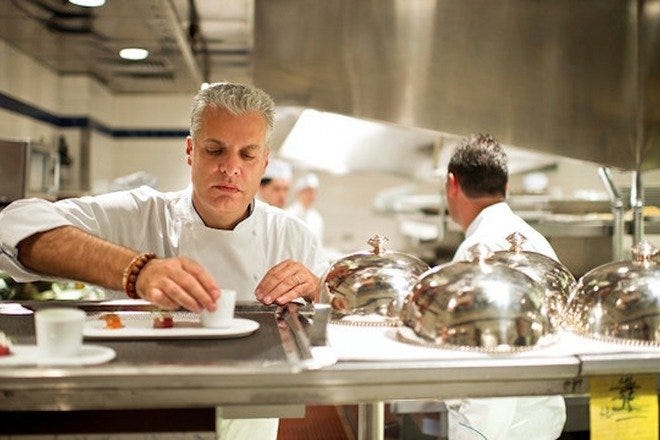 On
a recent visit my wife and I found
that all is as it was within the elegantly
appointed dining room, except for
the absence of a few tables so as to meet New
York’s 50% occupancy rule and
social distancing. The sparkling bar lounge is
not yet open, but wine director
Aldo Sohm will greet you with a smile beneath a
mask, and you will be brought
to your table with the same grace as always by a
well-trained, impeccably
dressed staff. (Would that one could say the
same of Le Bernardin’s male
clientele, who have given up any semblance of
dressing appropriately in the way
the female guests still do. Alas, there are no
more rules for dress left.)
On
a recent visit my wife and I found
that all is as it was within the elegantly
appointed dining room, except for
the absence of a few tables so as to meet New
York’s 50% occupancy rule and
social distancing. The sparkling bar lounge is
not yet open, but wine director
Aldo Sohm will greet you with a smile beneath a
mask, and you will be brought
to your table with the same grace as always by a
well-trained, impeccably
dressed staff. (Would that one could say the
same of Le Bernardin’s male
clientele, who have given up any semblance of
dressing appropriately in the way
the female guests still do. Alas, there are no
more rules for dress left.)
The tables are large, set with thick
linens and napery. The softened butter in a
small ramekin, the pretty show
plates, the heavy silverware and featherweight
stemware are all the same. The
civilized level of sound  makes
conversation a joy, and the lighting is kind to
everyone.
makes
conversation a joy, and the lighting is kind to
everyone.
Opened by Maguy Lecoze and
her late brother Gilbert in 1986, now
co-owned with Ripert, Le Bernardin features a
style of cuisine that has never
changed but is always evolving. Eric Gestel is
executive chef. A few dishes
abide on the menu from the restaurant’s
inception—including the classic seafood
carpaccio that Le Bernardin pioneered and
everyone since has copied.
My
wife and I actually had a
reservation for her birthday exactly one year
ago, then Covid came to town and
Le Bernardin closed. Given the expense of
running such a place, there were
rumors it would never re-open, but, says Ripert,
his landlord proved a
blessing, and, though tough, survival was
assured. We were ecstatic to find out
it was going to re-open and booked a table
immediately. From the day it
re-opened reservations were not easy to come by,
indicating that New Yorkers
are very ready to return to fine dining.
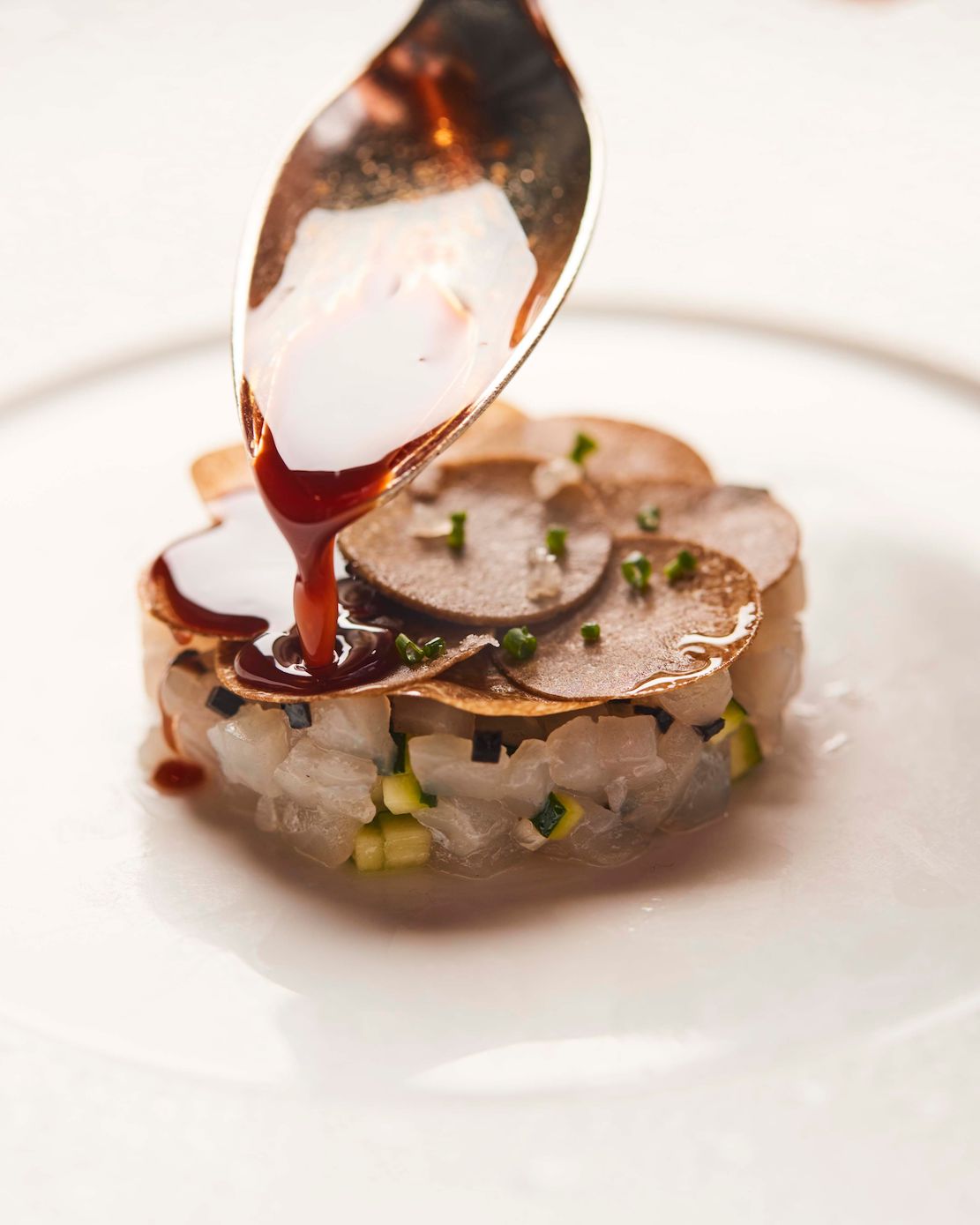 With an
apéritif of La Caravelle "Nina" non-vintage Champagne, we
sampled three
different breads baked on premises and enjoyed a
favorite dish—layers of thinly
pounded yellowfin tuna in the shape of lips atop
foie gras (above) and served with a
toasted baguette, chives and a gloss of olive
oil; it was as beautiful as it
was delicious. Striped bass was simply done with
a tartare topped with shavings
of black truffles and lush Périgord vinaigrette
(right).
With an
apéritif of La Caravelle "Nina" non-vintage Champagne, we
sampled three
different breads baked on premises and enjoyed a
favorite dish—layers of thinly
pounded yellowfin tuna in the shape of lips atop
foie gras (above) and served with a
toasted baguette, chives and a gloss of olive
oil; it was as beautiful as it
was delicious. Striped bass was simply done with
a tartare topped with shavings
of black truffles and lush Périgord vinaigrette
(right).
We then drank a creamy Meursault
Ballot-Millot 2018 with barely cooked sea
scallop in a brown butter-dashi
sauce
that showed the subtle influence of Asian
flavors that Le Bernardin has always
included. Plump Dover sole was sautéed with
toasted almonds and wild mushrooms
with a soy-lime emulsion. (Don’t for a moment
think that butter does not play a
significant part of French seafood
preparations.)
Photo:
Nigel Parry
Next came Faroe Islands salmon lightly
cooked and served with a black truffle
“pot-au-feu”
that proved salmon can be extremely delicate, in
contrast to all the inferior,
strongly fishy examples served elsewhere.
Le Bernardin does have a cheese tray
available, though we declined this time and went
straight to desserts: a mille-feuille
with a rhubarb-blackberry
compote, caramelized puff pastry so light you’d
think it could levitate and a
tangy yogurt sorbet. A very old-fashioned
Pavlova dessert was renewed with
exotic fruit, coconut sorbet and a
lemongrass-kefir lime sauce. The enhancement by
fruit acids and the temperate
use of sugar in Le Bernardin’s desserts is
crucial to their complexity of
flavor. What looked like a whole apple
revealed brown butter mousse with an apple
confit and a rich sabayon lashed
with Armagnac,
while an Easter egg
enclosed milk chocolate pot de
crème
with caramel foam, maple syrup and a “grain of
salt.” Of course, petit-fours and
chocolates were presented at meal’s end.
Photo:
Nigel Parry
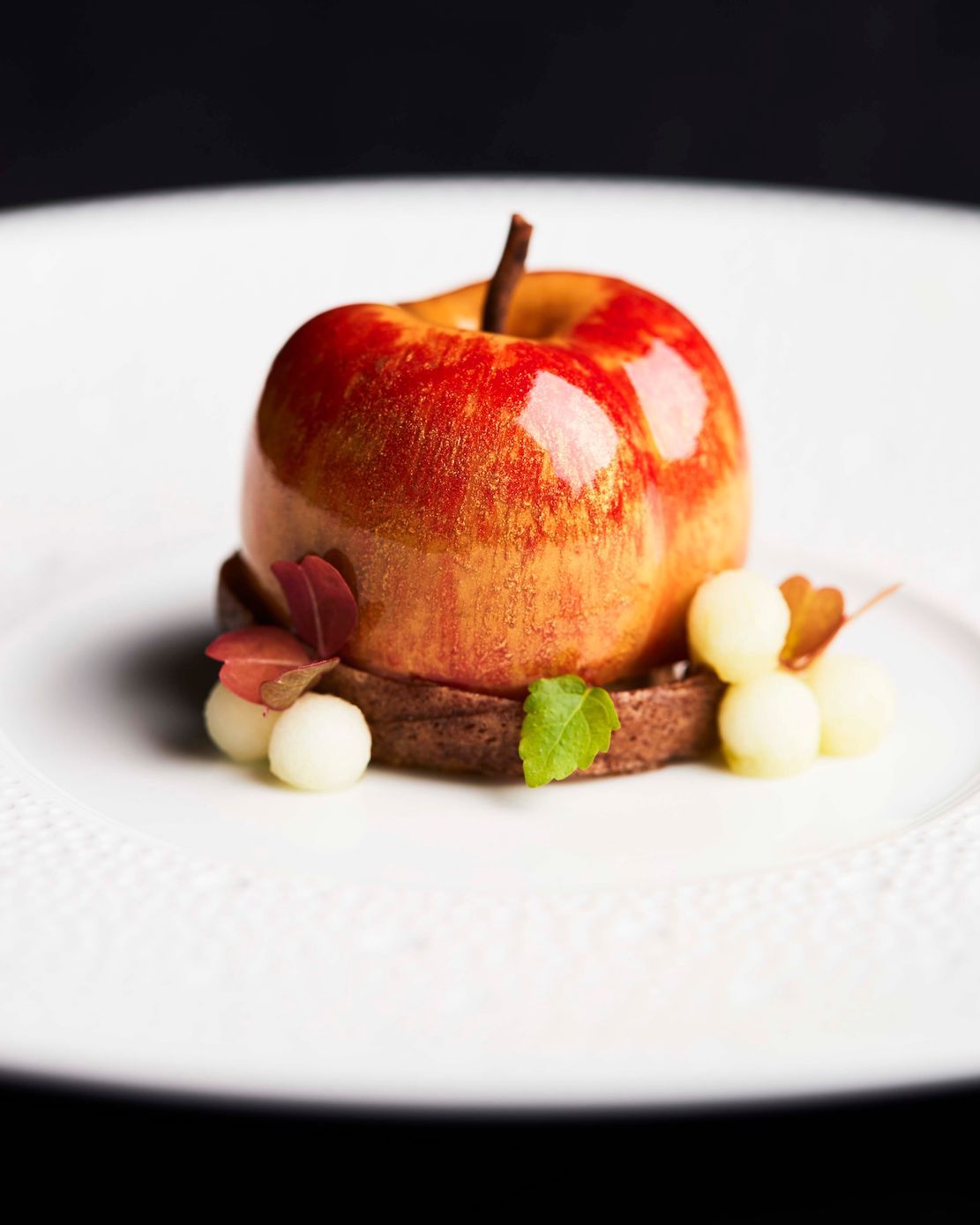 We
had entered Le Bernardin at twilight on an early
spring
evening and left around ten, when New York is
usually still bustling and loud,
but instead the city had a bittersweet stillness
that made for a quiet trip
home during which we thought about the past
three hours when all seemed the way
we remembered it and the way it will be again.
Le Bernardin shows how that can
be done and does so with the same flourish and
refinement that has always been
its hallmark.
We
had entered Le Bernardin at twilight on an early
spring
evening and left around ten, when New York is
usually still bustling and loud,
but instead the city had a bittersweet stillness
that made for a quiet trip
home during which we thought about the past
three hours when all seemed the way
we remembered it and the way it will be again.
Le Bernardin shows how that can
be done and does so with the same flourish and
refinement that has always been
its hallmark.
Currently Le Bernardin is open only for
dinner, Monday through Saturday,
and guests must leave as of 11
o’clock.
(In the past people would still be coming in for
dinner at ten.) Still, opening
at 5 p.m.,
they can do two seatings per
night. They
have not yet opened for
lunch because there is no business midday.
Photo:
Nigel Parry
And for all its
elegance and
excellence,
you do not pay an outrageous
price, by comparison to similar restaurants
elsewhere. A four-course
dinner is $180—though this does not count the
little extras and petit-fours
that seem inevitable—and an eight-course tasting
menu $275 or
$425 with wine pairing.
Le
Bernardin is
located at 155 West 51st Street; 212-554-1515;
reservations also taken on line.
❖❖❖
CAPONE’S GOLD
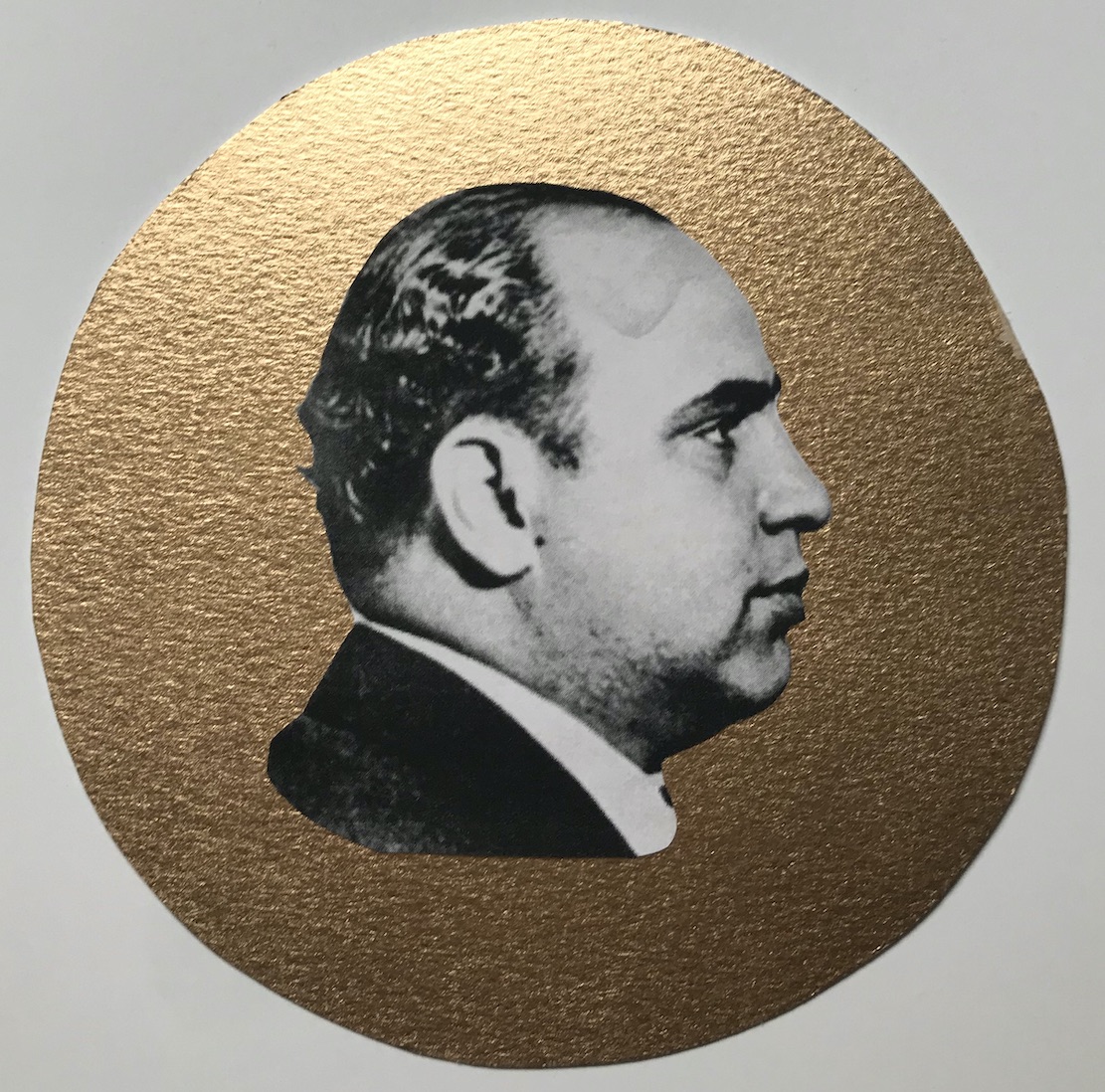
By John Mariani
CHAPTER
ONE
.jpg) In a small
side chapel in the church of San
Giovanni Battista in the town of Angri, south of
Naples, Italy, the candles on
the altar are kept lighted all day and night in
remembrance of a departed soul
whose name has become inextricably linked to
this town in which he’d never set
foot: the most notorious gangster of the 20th
century, Alphonse Gabriel Capone.
In a small
side chapel in the church of San
Giovanni Battista in the town of Angri, south of
Naples, Italy, the candles on
the altar are kept lighted all day and night in
remembrance of a departed soul
whose name has become inextricably linked to
this town in which he’d never set
foot: the most notorious gangster of the 20th
century, Alphonse Gabriel Capone.
Ever since Capone’s death in 1947, at
the age of 48, someone had given instructions
and funding to the church in
order to maintain the votive candles as a way to
atone for his criminal life,
perhaps allowing him to avoid an eternity in
Hell by spending many years, even
centuries, in Purgatory.
Angri—not Chicago or Palm Island,
Florida, where Capone spent most of his career
as the most powerful crime boss
in America—seems to have been chosen for the
perpetual vigil because it was the
birthplace of his mother, a seamstress named
Teresina Raiola, and father,
Gabriele Capone, who emigrated to the New York
borough of Brooklyn in the
1880s. There,
in the Italian section of
Williamsburg, Alphonse Gabriel Capone was born,
one of nine children in the
family.
None of Capone’s family except Teresina
ever went back to visit the town of their
origins, and though a few people in
Angri regarded Al Capone as a kind of folk hero
who rose from poverty and
achieved great notoriety, his name was rarely
mentioned there, and tourists who
visited the town because of its distant link to
the mobster were usually
spurned when they asked what places of interest
might be associated with the
mobster, because none was.
Yet more than fifty years after his
death, the candles—made of the finest bees’
wax—still burned in the side chapel
that only a few family members knew was in
memory of Al Capone. Each
morning an altar boy would trim or
replace the candles in time for the seven
o’clock Mass, which was never
attended by more than a half dozen old women, or
perhaps by a young one praying
to God to allow her to become pregnant.
Each day and night the candles’ flames
flicker and glow in the dark, smoke-stained
chapel, year after year, decade
after decade, like the fires of Purgatory that
purified the souls of those who
dwelt there.
David
Greco knew seven ways the New
York Mafia used to kill a man besides shooting him
in the head, but he himself
had never used any of them while he was a rackets
cop, and none of them would
work on the giant hogweed that had invaded his
two-acre plot of land along the
Hudson River.
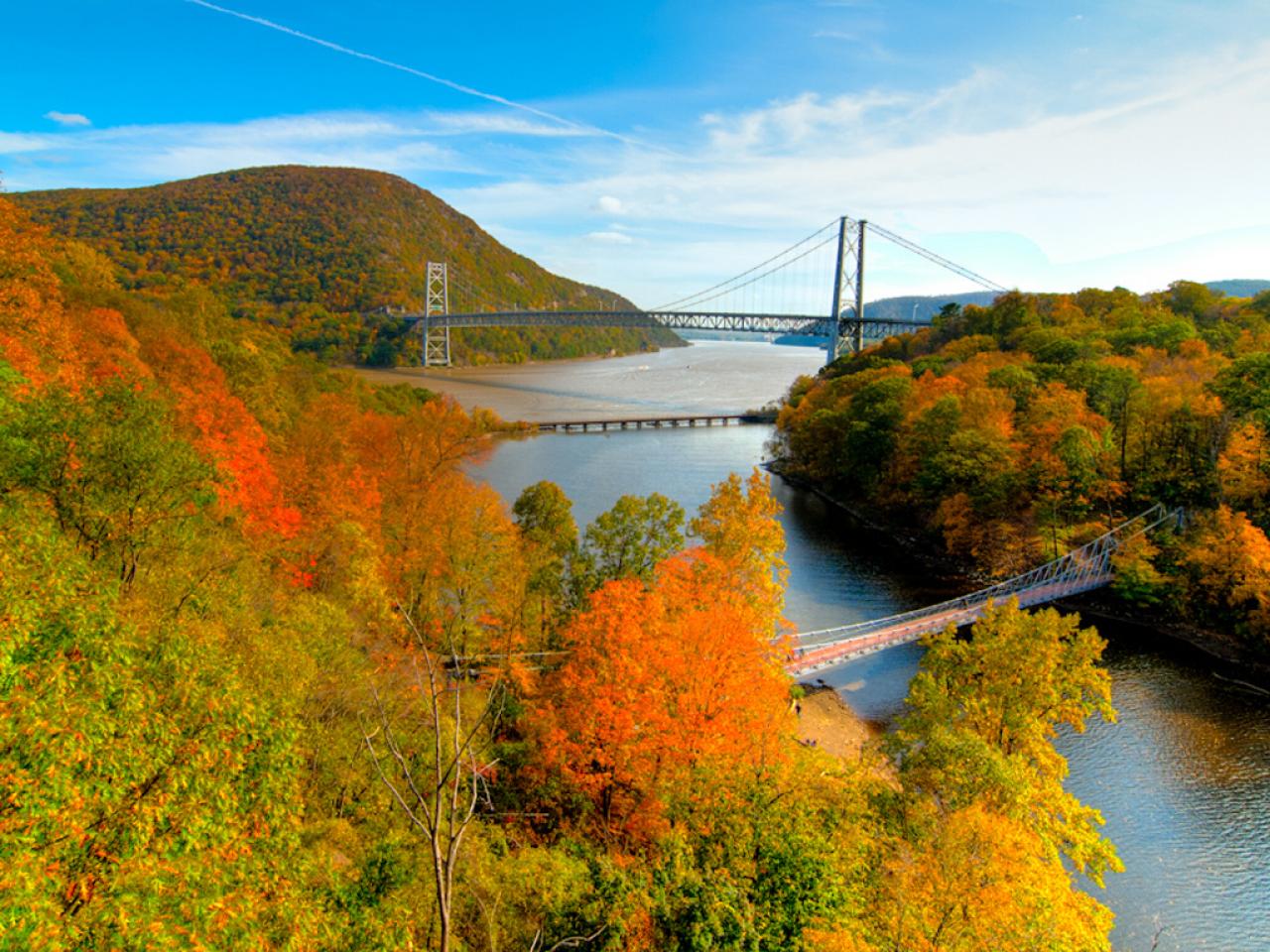
Giant hogweed
was more than just a nuisance—it
had been brought from Russia to the U.S. a
hundred years earlier as an ornamental plant—for
it had grown wild and rampant
throughout the Northeast, first in forests and
along roadsides, then invaded
backyards as a noxious weed, growing up to
fourteen feet tall and causing
anyone who came in contact with it to develop
blistering, scarring, even
blindness.
David Greco
knew that destroying it completely was a losing
battle, even after contacting
the State Department of Environmental
Conservation, which had for weeks
promised to send someone out to assess the
situation and make recommendations.
No matter how much he cut down or uprooted, the
grotesque weed would always
creep back, choking off the life of the carefully
landscaped indigenous plants
and foliage.
The
frustration dogged him daily, now that he was
forty-eight years old and retired
from the New York City police force, where as a
chief detective assigned to mob
activities, he had achieved a stellar record of
investigating, arresting and
putting Mafiosi away to the point where, by his
retirement, the mob had been
severely contained.
Detective
Greco prided himself on his slow, patient,
careful, highly detailed
investigations of the mob, first grabbing the
low-hanging fruit in order to get
the bosses at the top, by which point the only way
to beat the rap was for a
wise guy—the Mafia’s “made men”—to suborn a
witness or threaten a jurist. That
happened a lot when Greco started out,
but later on the low life members ratted out their
bosses, who, even if it took
two or three trials, ended up going to prison.
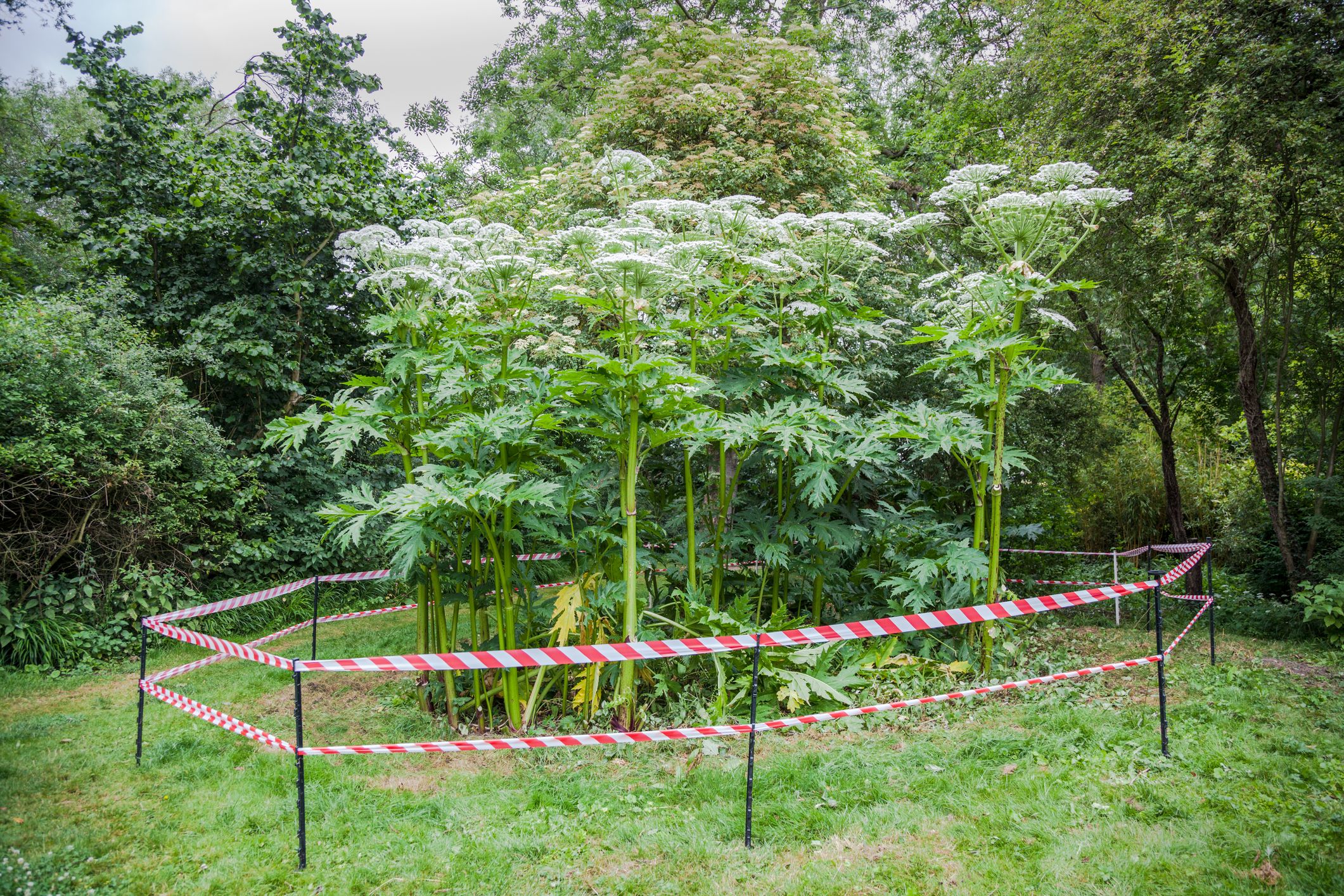 Of
course,
David Greco knew that the mob, like the giant
hogweed, could never be
eliminated because it was always mutating, so that
the demise of one group gave
rise to another.
By the mid-‘90s the Russians
and other Eastern European gangs had taken
territory and picked up the slack
from the Italians, and the newcomers were at least
as violent and vicious. In
the black and Latino neighborhoods the gangs were
younger, dealing street
drugs, and in constant battle with each other over
turf that might span less
than two or three city blocks. Even
there, the crack wars of the 1990s had burned out
and killed off a lot of the
suppliers and dealers.
Of
course,
David Greco knew that the mob, like the giant
hogweed, could never be
eliminated because it was always mutating, so that
the demise of one group gave
rise to another.
By the mid-‘90s the Russians
and other Eastern European gangs had taken
territory and picked up the slack
from the Italians, and the newcomers were at least
as violent and vicious. In
the black and Latino neighborhoods the gangs were
younger, dealing street
drugs, and in constant battle with each other over
turf that might span less
than two or three city blocks. Even
there, the crack wars of the 1990s had burned out
and killed off a lot of the
suppliers and dealers.
In any case,
he was happy to be out of and far away from it
all. In
the two years since he’d retired, David
Greco had barely kept in touch with his old
friends on the force and no longer
even picked up the New York Times, Post
or Daily
News. The
only items on his local paper’s police
blotter were arrests for D.U.I. or a rare house
break-in. Still,
David Greco locked his doors.
It was a warm
summer’s day while he was ripping out
hogweed that his speaker system buzzed from
the gate at the end of his
property. “What
now?” he sighed, for he
wasn’t expecting anyone and the delivery people
knew to leave packages at the
gate.
He put down
his shearing equipment, took off his thick garden
gloves, and said one word
into the speaker: “Yeah?”
“Detective
Greco?”
No one had
called him that in more than a year.
“Who’s
asking?” he replied.
“My name is
Katie Cavuto, and I’m the journalist who called
you the other day about a
possible job.”
David Greco
rolled his eyes and said, “You mean the one I told I was
retired and had no interest in?”
“Well, yes,”
stammered the woman, who recalled he had hung up
the phone about three seconds
later. “But I’m not looking for a security guard
or anything like that.”
There was no
response, no clicking off, so she continued. “I’m
a journalist and I’d like to
speak to you about possibly taking on an
interesting project with me.”
“What’s it
involve?”
“Well, I can’t
really explain it to you on the speaker.
May I come up for a few minutes?”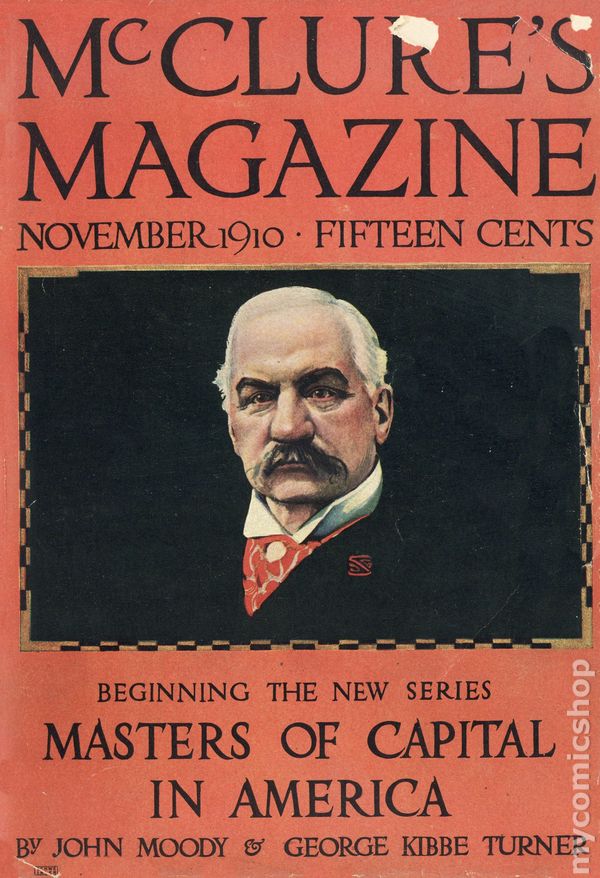
There was no
answer, but the buzzer unlatching the gate
sounded, so the woman entered,
walking up a gravel driveway towards the house,
where she saw the retired
detective walking down to meet her. She
stuck out her hand but David Greco raised his.
“Sorry, but if
we shake hands you might get some of the toxin
from the plant I’ve been trying
to root out.”
“Oh, what is
it, giant hogweed?”
“Matter of
fact it is. You
familiar with it?”
“A
little. My
parents have it growing in
their backyard, and it’s driving them crazy.”
“It’s very
nasty stuff.”
There was an
awkward pause, then David Greco asked, “So, what’s
this project you want to
talk to me about?”
“Well, as I
said, I’m a journalist, mostly for magazines, and
one of the ones I write for—McClure’s—has
asked me to write an
article about Al Capone’s lost fortune.”
“You mean his
theft of gold bullion no one’s been able to find
for fifty years?”
“Oh, so you
know about it?”
“A little.”
“Well, then
you also probably know that the Treasury
Department and the F.B.I. have had a
longstanding offer of $300,000 for any information
that leads to its
discovery.”
“And this
magazine—what’s it called? McClure’s?—thinks
that
you may succeed where everyone else has failed so
far over the last fifty
years?”
Katie Cavuto
smiled and said, “Actually, they don’t really
expect that I can find it, but
they think the story itself would be a good one. Nobody’s
written anything about it in
decades, but there has been some new archival
material on Al Capone and the mob
that might make for an exciting story.
As a matter of fact, I’ve done some
spadework and turned up some
interesting stuff.”
“Like what?”
“I wouldn’t be
much of a journalist if I told you, unless you
agreed to help me.”
David Greco
snickered and said, “Y’know, I think I liked you
people better when you called
yourselves reporters, rather than journalists.”
Katie Cavuto
countered, “Oh, I’m sure you never had a real high
regard for reporters either
in your line of work.”
“Usually they
get in the way of an investigation, always quoting
`high-placed sources’ when
they didn’t have any and printing complete
bullshit when they had nothing at
all. And,
obviously, they were all more
interested in the bad guys, how much money they
had, how much power they had,
how many guys they’d rubbed out, rather than write
about the work the police
had to do to arrest and convict them.”
“I can
imagine.”
“What I really
love about you . . . journalists,” he said
sarcastically, “is that unless a cop
is either working undercover to root out police
corruption or infiltrating the
mob, you ignore us, never mention the guys who do
all the dirty work, then you
just quote the police commissioner in your last
paragraph.”
Katie Cavuto
tried to keep calm, saying, “I feel your pain,
Detective Greco, but that’s as
much the fault of the police press office as it is
the writer of the story.
They control all the access.”
“Fair enough,”
said David Greco. “And frankly, after twenty years
on the force, the last thing
I want to see again is my name in the paper.
Such exposure ruins you for the job when
you believe your own
press. Makes
you crave it.”
“You certainly
had your share.”
“More than I
could justify or handle. But, anyhow, so you want
to interview me about
Capone—who died thirty years before I joined the
force? My
interest in the bum was only incidental to
knowing the history of the mobs in New York,
where, by the way, Capone never
really operated beyond a short stint as a lowlife
bouncer.”
“No,” said
Katie Cavuto, feeling the quick display of a
retired cop’s humility had run its
course, “I want you to help me throughout my
entire investigation of the story,
and the magazine is willing to pay you for your
time.”
“Let me get
this straight: you want me to traipse all over the
place with you on a wild
goose chase for Capone’s gold bullion? What’s the
fee?”
“Well, I
figure the story will take about six weeks to
complete—at least the research
part before I write it—and for that the magazine
is willing to pay you between
$10,000 and $15,000.”
David
Greco
tried to stifle his surprise, saying, “The money
sounds good, but what about
expenses?”
“They’re all
taken care of, too, wherever we have to go,
Chicago, Florida, wherever. We go
where the leads take us.”
“And, if in
the unlikely event we actually find where Capone’s
gold is hidden, who gets the
$300,000?”
“That’s the
really interesting part of the offer, at least for
you: If we find the gold,
the reward will be split two ways. The magazine
claims two-thirds of the money
and gives it to charity, and you get the other
third. I
can’t take it as a journalist, because it
wouldn’t be ethical.”
This time
David Greco could not stifle a low whistle. “So
you’re saying you don’t get a
penny from the reward and I get a hundred grand?”
“I’ll get paid
a very handsome fee for the article and my
reputation as a journalist would
soar. Who
knows, Pulitzer Prize? Maybe be
appointed head of a newspaper’s
investigative unit.”
“Or a job on ‘Entertainment Tonight’?
Sorry, that was a cheap shot.”
“Yeah, it
was,” said Katie Cavuto, knowing she had the
advantage for a moment.
“Sounds like
you don’t really need the money.”
“Anyone can
use $100,000, but it’s out of my hands.
I’m going into this with an eye on my
future.”
David Greco
went quiet for a moment, then said, “Miss Cavuto .
. .”
“Katie.”
“Okay, Katie.
I’m going to go inside and give my hands a good
scrubbing, then I’m coming back
out here to shake yours.”
© John Mariani, 2015
Wine & Food Matches:
What I’ve Learned This Past Year
By Geoff Kalish
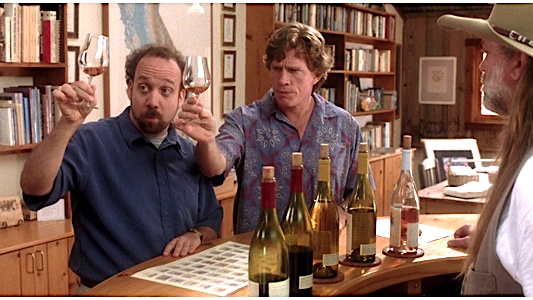
Surprisingly, while many groups
and
publications rate wine on various scales (stars,
1-100, etc.), ratings for wine and food
matches by numbers, stars, etc. are
sparse. This
is quite curious as very few wines are
meant to be drunk without food; in fact in Italy and
some other countries many
people consider wine as food
(and for
a number of reasons it’s much healthier to consume
wine with food, but that’s a
discussion for another day) . But it’s been my
experience that most wine
ratings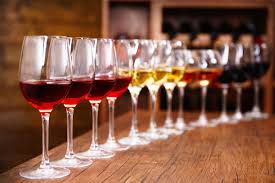 are formed by professionals
at tastings in which sips of wine after
wine are consumed, rarely with more than crackers or
water. And in my opinion
rating wines in a vacuum without food and then
proposing what foods they match
with seems more like hocus-pocus than anything close
to science.
are formed by professionals
at tastings in which sips of wine after
wine are consumed, rarely with more than crackers or
water. And in my opinion
rating wines in a vacuum without food and then
proposing what foods they match
with seems more like hocus-pocus than anything close
to science.
So, to see if traditional thinking about
what wine to drink with what fare is relevant or
folly, during the past year
I’ve experimented with my choices and kept written
notes on my findings. Of
course, this was made possible because since the
beginning of the Covid-19
pandemic we’ve eaten almost all our meals at home
and accompanied dinner with
wine most evenings, both newly purchased and from
the cellar. I’ve also
developed a simple scale for rating wine and food
combinations: E.A.T.
(Excellent, Average, Terrible).
Therefore, for those who think they know everything
about wine and food
matches, and for those just learning, the following
are some interesting
findings and insights.
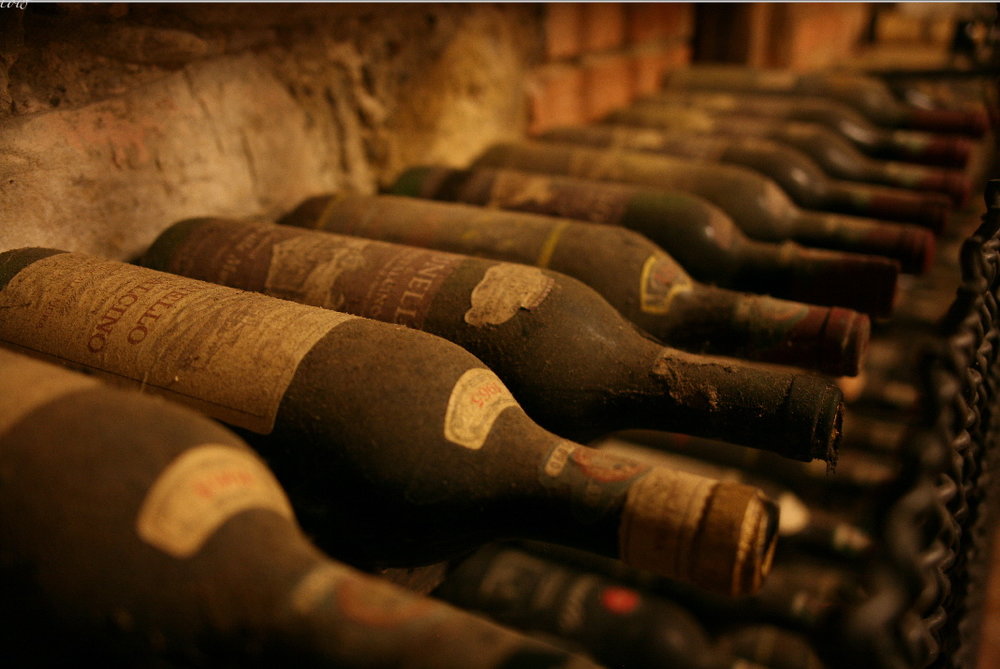 ● Well-aged
wines aren’t necessarily better
with food than young ones. In fact, many reds older
than 30 years from vintage
date (even well-stored bottles) seemed washed-out or
bitter and had the taste
of dried-out fruit with even simple fare. In
addition, very old Burgundies took
on a leathery taste, which some critics seem to
prize. However, how many foods
go well with the flavor of leather? And what tastes
good with dried-out fruit?
Maybe some cheeses, but we haven’t found them. So,
in general, I rate the taste
of very old wines (other than so called “dessert
wines,” like Port and late
harvest Rieslings) with almost all fare as a T (terrible). Moreover, we found that
almost all very old dry
whites (15 years or more from vintage date) tended
to show oxidation, and/or
unpleasant herbal tones and even “barnyard odors,”
no matter how well stored;
also rated T.
● Well-aged
wines aren’t necessarily better
with food than young ones. In fact, many reds older
than 30 years from vintage
date (even well-stored bottles) seemed washed-out or
bitter and had the taste
of dried-out fruit with even simple fare. In
addition, very old Burgundies took
on a leathery taste, which some critics seem to
prize. However, how many foods
go well with the flavor of leather? And what tastes
good with dried-out fruit?
Maybe some cheeses, but we haven’t found them. So,
in general, I rate the taste
of very old wines (other than so called “dessert
wines,” like Port and late
harvest Rieslings) with almost all fare as a T (terrible). Moreover, we found that
almost all very old dry
whites (15 years or more from vintage date) tended
to show oxidation, and/or
unpleasant herbal tones and even “barnyard odors,”
no matter how well stored;
also rated T.
● Of
course, there are exceptions to every
rule and of the many bottles of red over 30 years
old (including multiple
examples from France, Spain, Portugal, Italy and the
U.S.), we found that a
1985 Domaine Dominique Guyon Hautes Côtes de Nuits
“Cuvée des Dames de Vergy”
that still showed some hints of cherries and plums
and mated fairly well with
roasted chicken. And an older Bordeaux, like a 1986
Cos d’Estournel, mated
reasonably well (score A) with
grilled red snapper as well as with beef and lamb (A+). But as to great, memorable
matches, maybe there are some, but
we haven’t found them. So why drink very old wines
with a meal and decrease its
enjoyment?
● So why do
we continue to age wines for long
periods of time? Some feel it’s an intellectual
endeavor to study the
aesthetics of the beverage in the glass. I suppose
that’s OK, but if you are
eating along with drinking the wine—which one should
do to slow down the
alcohol absorption and its effect on the body—stick
to younger wines, say reds
less that 8-10 years old and whites under 5 years
from the vintage date. 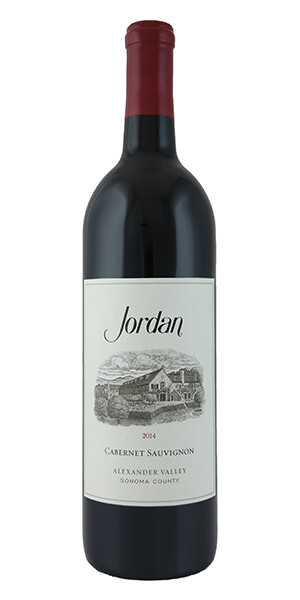
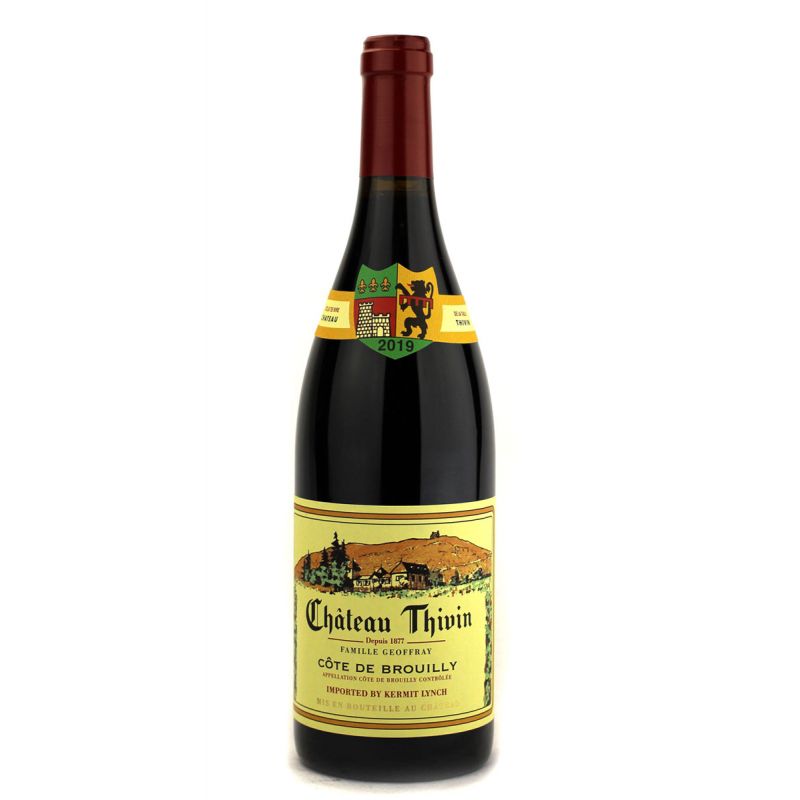
●
Another finding was that while traditional wisdom
suggests that Cabernet
Sauvignon-based wines don’t mate
well with mild fish, we’ve found that many such
wines go well with
mild-flavored fish. For example, a 2014 Jordan
Cabernet Sauvignon went
swimmingly well with grilled branzino, earning an E. No wonder that this wine, not
generally garnering the highest
rating from critics, is one of the top selling
bottles in restaurants that
carry it. On
the other hand, as
expected, almost all white wines made awful matches
with beef and lamb (T), with
the only exception being
Gewürztraminer, with one from Warwick Valley in New
York State and another from
Ribeauville in Alsace mating well, but not
perfectly, with lamb burgers (A +) and
veal Marsala (A+).
● Also,
we found that rather young and fruity
Beaujolais (except most Beaujolais Nouveaux) went
well with almost
everything. For
example, a 2019 Coudert
Fleurie Cuvée Christie and a 2019 Château Thivin
from Côte de Brouilly, both
with a bouquet and taste of ripe plums, melons and
cassis, married harmoniously
with a range of fare running the gamut from turkey
to veal to pasta with red or
white sauce to swordfish and even shrimp scampi, all
garnering an E
rating.
● And
finally, we found that very sweet dessert
wines were at their worst with sweet desserts (T). In fact, they’re best with aged
cheeses. For example: a
California late-harvest Riesling tasted cloyingly
sweet with a
“black-and-white” cookie (T) as well as
a baked apple (T), but
made an E grade with a “Seriously Sharp
Cheddar” from Cabot Creamery in
Vermont, as well as a cave-aged cheddar from
Bobolink Dairy in Milford, N.J. On
the other hand, a Recioto della Valpolicella from
Serego Alighieri that had
good acidity as well as a moderate amount of
sweetness mated well (A) with
the cookie and baked apple (A), as
well as the cheese. It also
paired surprisingly well (A+) with
fare
that incorporated tomato-based sauces like pizza,
pasta and Turkish
eggplant. And,
of course, there’s the
question as to whether dessert wine is served before
or after dessert or is it
dessert itself. We found that it’s best served with
the “right” dessert, not as
a preamble or after-thought.
❖❖❖
Any of John Mariani's books below may be ordered from amazon.com.
 The Hound in Heaven
(21st Century Lion Books) is a novella, and
for anyone who loves dogs, Christmas, romance,
inspiration, even the supernatural, I hope you'll find
this to be a treasured favorite. The story
concerns how, after a New England teacher, his wife and
their two daughters adopt a stray puppy found in their
barn in northern Maine, their lives seem full of promise.
But when tragedy strikes, their wonderful dog Lazarus and
the spirit of Christmas are the only things that may bring
his master back from the edge of despair.
The Hound in Heaven
(21st Century Lion Books) is a novella, and
for anyone who loves dogs, Christmas, romance,
inspiration, even the supernatural, I hope you'll find
this to be a treasured favorite. The story
concerns how, after a New England teacher, his wife and
their two daughters adopt a stray puppy found in their
barn in northern Maine, their lives seem full of promise.
But when tragedy strikes, their wonderful dog Lazarus and
the spirit of Christmas are the only things that may bring
his master back from the edge of despair. WATCH THE VIDEO!
“What a huge surprise turn this story took! I was completely stunned! I truly enjoyed this book and its message.” – Actress Ali MacGraw
“He had me at Page One. The amount of heart, human insight, soul searching, and deft literary strength that John Mariani pours into this airtight novella is vertigo-inducing. Perhaps ‘wow’ would be the best comment.” – James Dalessandro, author of Bohemian Heart and 1906.
“John Mariani’s Hound in Heaven starts with a well-painted portrayal of an American family, along with the requisite dog. A surprise event flips the action of the novel and captures us for a voyage leading to a hopeful and heart-warming message. A page turning, one sitting read, it’s the perfect antidote for the winter and promotion of holiday celebration.” – Ann Pearlman, author of The Christmas Cookie Club and A Gift for my Sister.
“John Mariani’s concise, achingly beautiful novella pulls a literary rabbit out of a hat – a mash-up of the cosmic and the intimate, the tragic and the heart-warming – a Christmas tale for all ages, and all faiths. Read it to your children, read it to yourself… but read it. Early and often. Highly recommended.” – Jay Bonansinga, New York Times bestselling author of Pinkerton’s War, The Sinking of The Eastland, and The Walking Dead: The Road To Woodbury.
“Amazing things happen when you open your heart to an animal. The Hound in Heaven delivers a powerful story of healing that is forged in the spiritual relationship between a man and his best friend. The book brings a message of hope that can enrich our images of family, love, and loss.” – Dr. Barbara Royal, author of The Royal Treatment.
 |
The Encyclopedia of American Food and Drink by John F. Mariani (Bloomsbury USA, $35) Modesty forbids me to praise my own new book, but let me proudly say that it is an extensive revision of the 4th edition that appeared more than a decade ago, before locavores, molecular cuisine, modernist cuisine, the Food Network and so much more, now included. Word origins have been completely updated, as have per capita consumption and production stats. Most important, for the first time since publication in the 1980s, the book includes more than 100 biographies of Americans who have changed the way we cook, eat and drink -- from Fannie Farmer and Julia Child to Robert Mondavi and Thomas Keller. "This book is amazing! It has entries for everything from `abalone' to `zwieback,' plus more than 500 recipes for classic American dishes and drinks."--Devra First, The Boston Globe. "Much needed in any kitchen library."--Bon Appetit. |
"Eating Italian will never be the same after reading John Mariani's entertaining and savory gastronomical history of the cuisine of Italy and how it won over appetites worldwide. . . . This book is such a tasteful narrative that it will literally make you hungry for Italian food and arouse your appetite for gastronomical history."--Don Oldenburg, USA Today. "Italian
restaurants--some good, some glitzy--far
outnumber their French rivals. Many of
these establishments are zestfully described
in How Italian Food Conquered the World, an
entertaining and fact-filled chronicle by
food-and-wine correspondent John F.
Mariani."--Aram Bakshian Jr., Wall Street
Journal.
"Equal parts
history, sociology, gastronomy, and just
plain fun, How Italian Food Conquered the
World tells the captivating and delicious
story of the (let's face it) everybody's
favorite cuisine with clarity, verve and
more than one surprise."--Colman Andrews,
editorial director of The Daily
Meal.com. "A fantastic and fascinating
read, covering everything from the influence
of Venice's spice trade to the impact of
Italian immigrants in America and the
evolution of alta cucina. This book will
serve as a terrific resource to anyone
interested in the real story of Italian
food."--Mary Ann Esposito, host of PBS-TV's
Ciao
Italia. "John Mariani has written the
definitive history of how Italians won their
way into our hearts, minds, and
stomachs. It's a story of pleasure over
pomp and taste over technique."--Danny Meyer,
owner of NYC restaurants Union Square
Cafe, The Modern, and Maialino.
|
 |
 |
 |
 |
 |
 |
 |
 Everett Potter's Travel Report:
Everett Potter's Travel Report: 
 Eating Las
Vegas JOHN CURTAS has been covering
the Las Vegas food and restaurant scene
since 1995. He is the co-author of EATING LAS
VEGAS – The 50 Essential Restaurants (as
well as the author of the Eating Las
Vegas web site: www.eatinglasvegas.
He can also be seen every Friday morning as
the “resident foodie” for Wake Up With the
Wagners on KSNV TV (NBC) Channel 3 in
Las Vegas.
Eating Las
Vegas JOHN CURTAS has been covering
the Las Vegas food and restaurant scene
since 1995. He is the co-author of EATING LAS
VEGAS – The 50 Essential Restaurants (as
well as the author of the Eating Las
Vegas web site: www.eatinglasvegas.
He can also be seen every Friday morning as
the “resident foodie” for Wake Up With the
Wagners on KSNV TV (NBC) Channel 3 in
Las Vegas.
MARIANI'S VIRTUAL GOURMET
NEWSLETTER is published weekly. Publisher: John Mariani. Editor: Walter Bagley. Contributing Writers: Christopher Mariani,
Robert Mariani, Misha Mariani, John A. Curtas, Gerry Dawes, Geoff Kalish,
and Brian Freedman. Contributing
Photographer: Galina Dargery. Technical
Advisor: Gerry
McLoughlin.
If you wish to subscribe to this
newsletter, please click here: http://www.johnmariani.com/subscribe/index.html
© copyright John Mariani 2021
